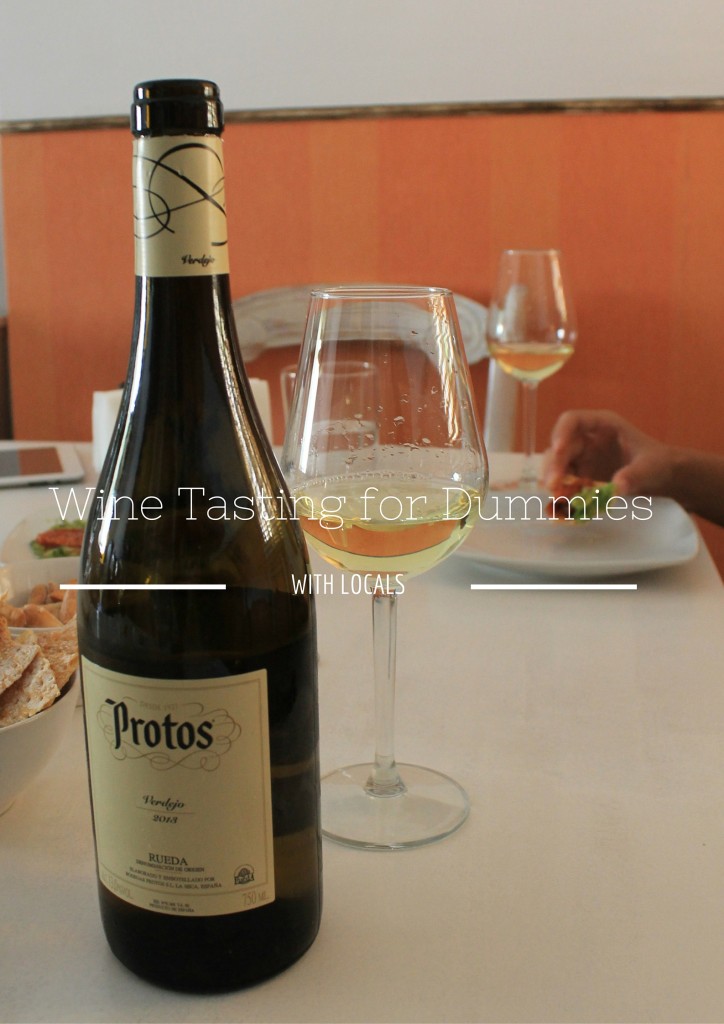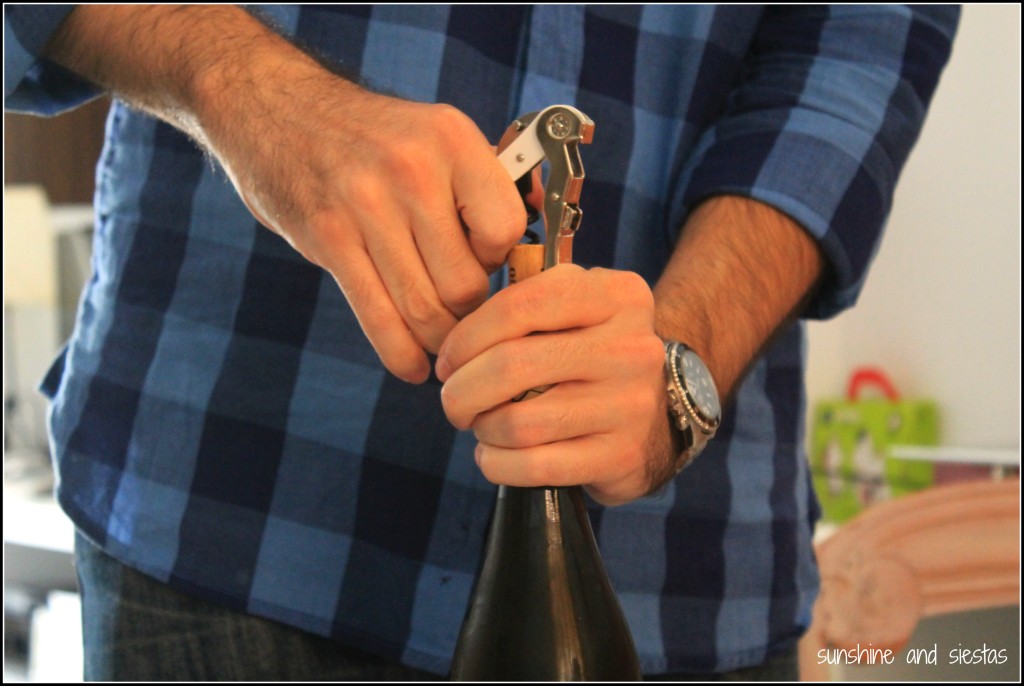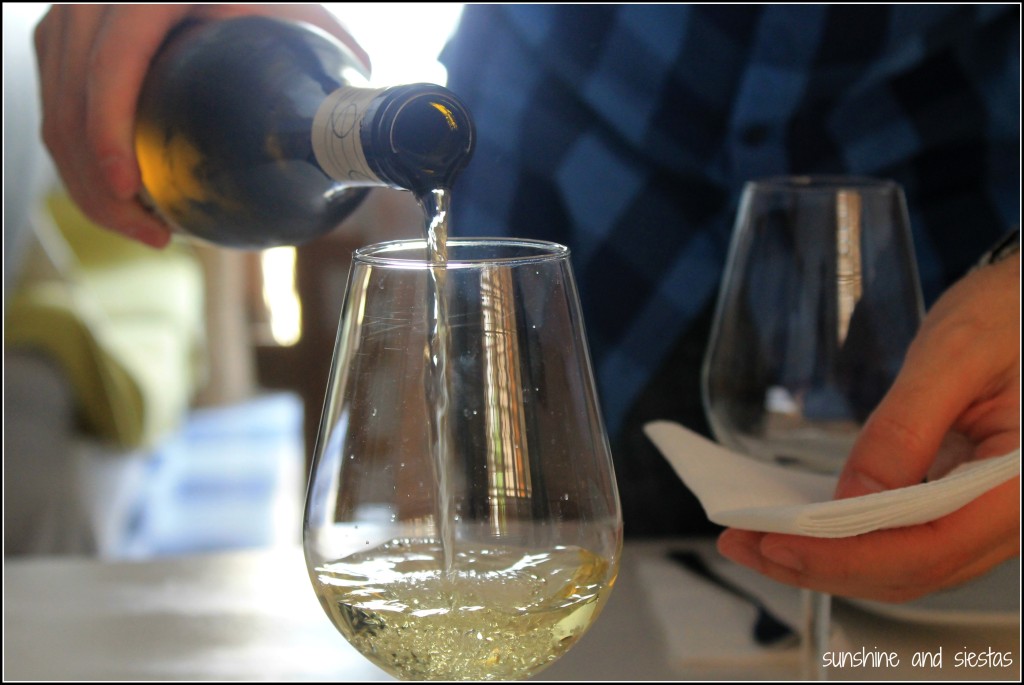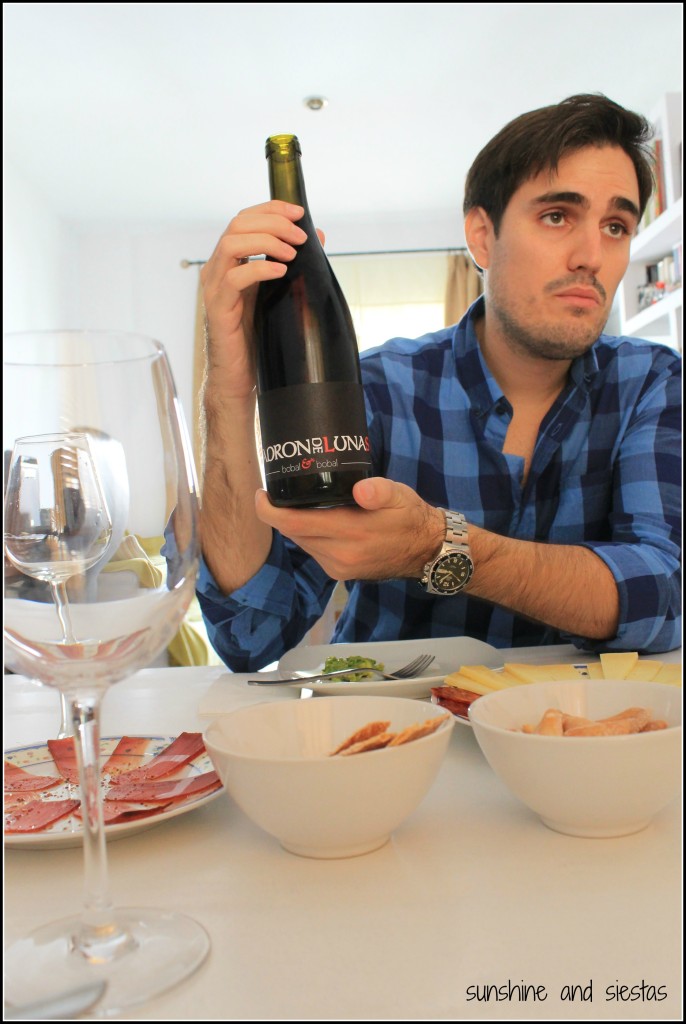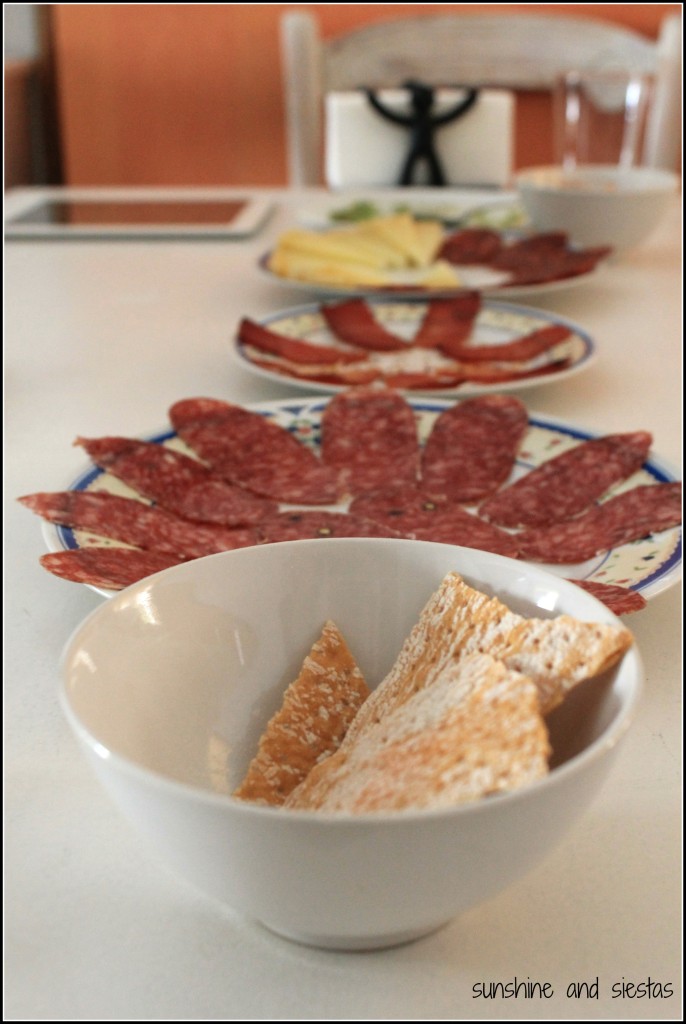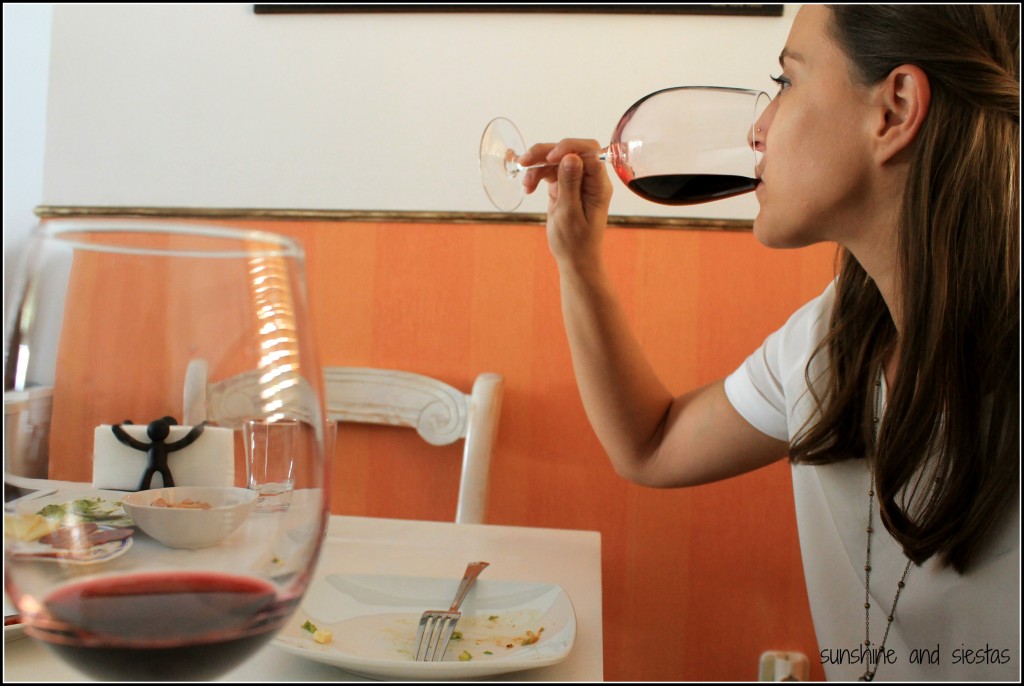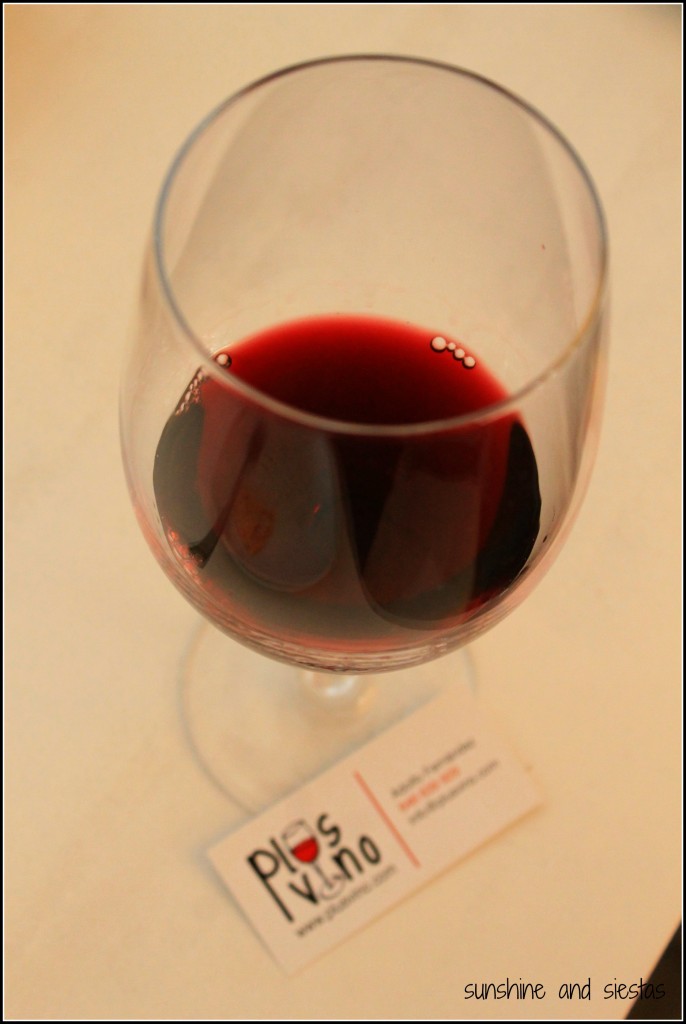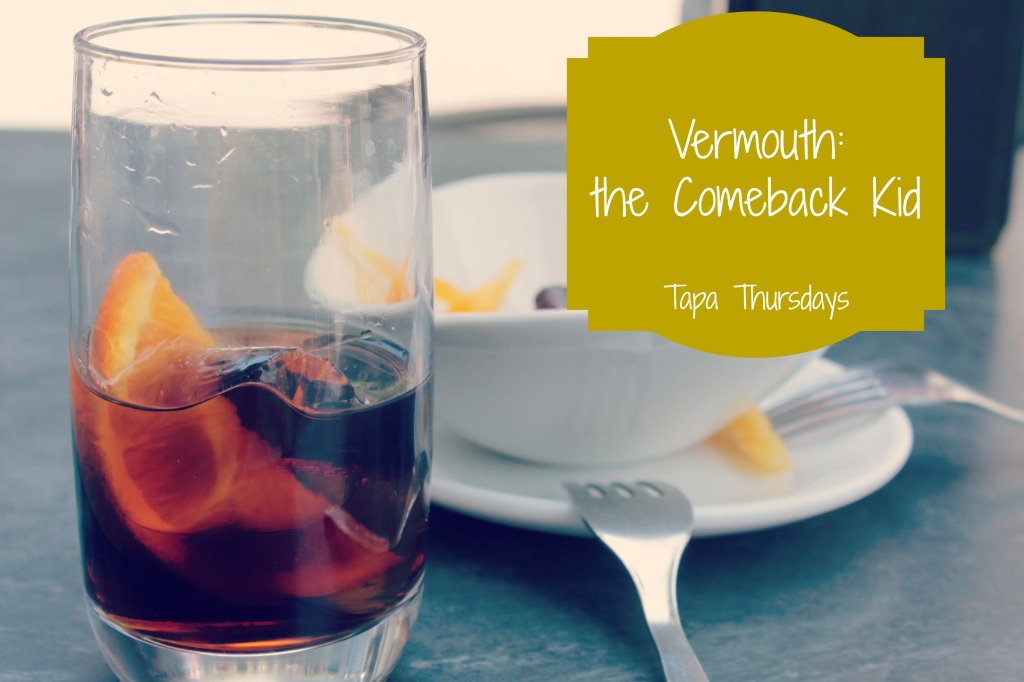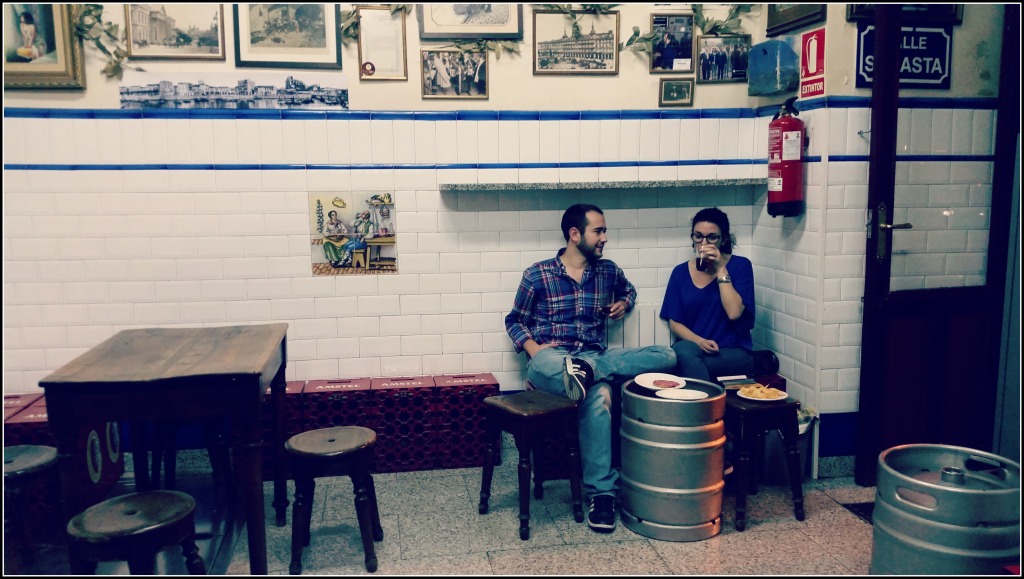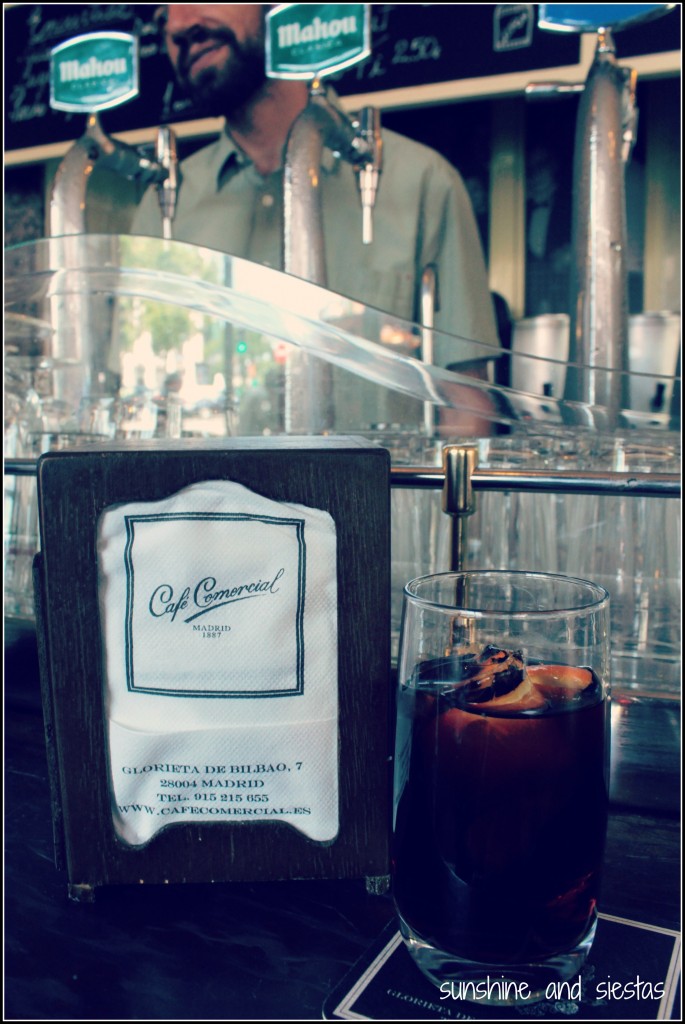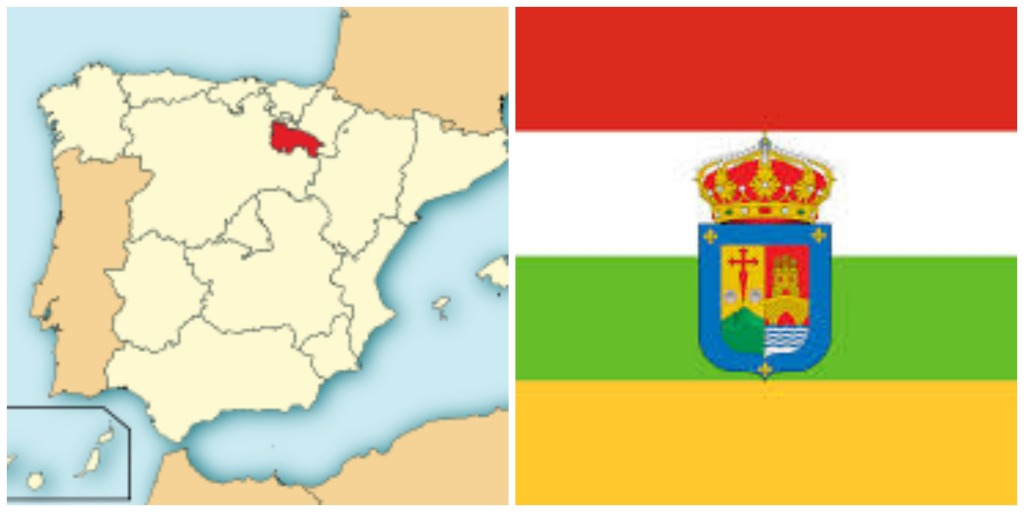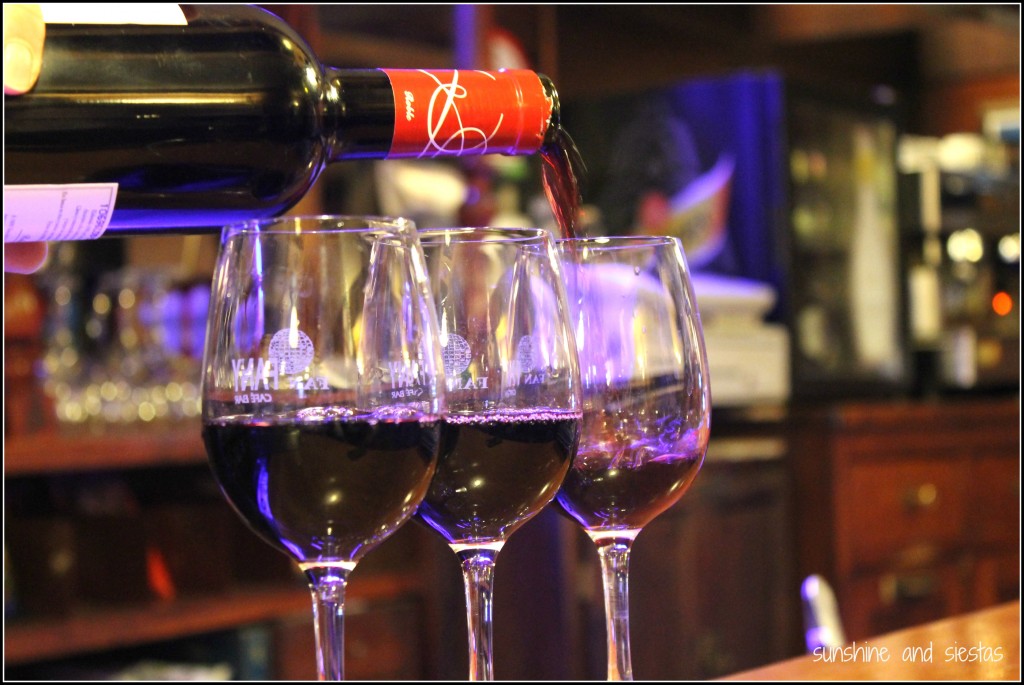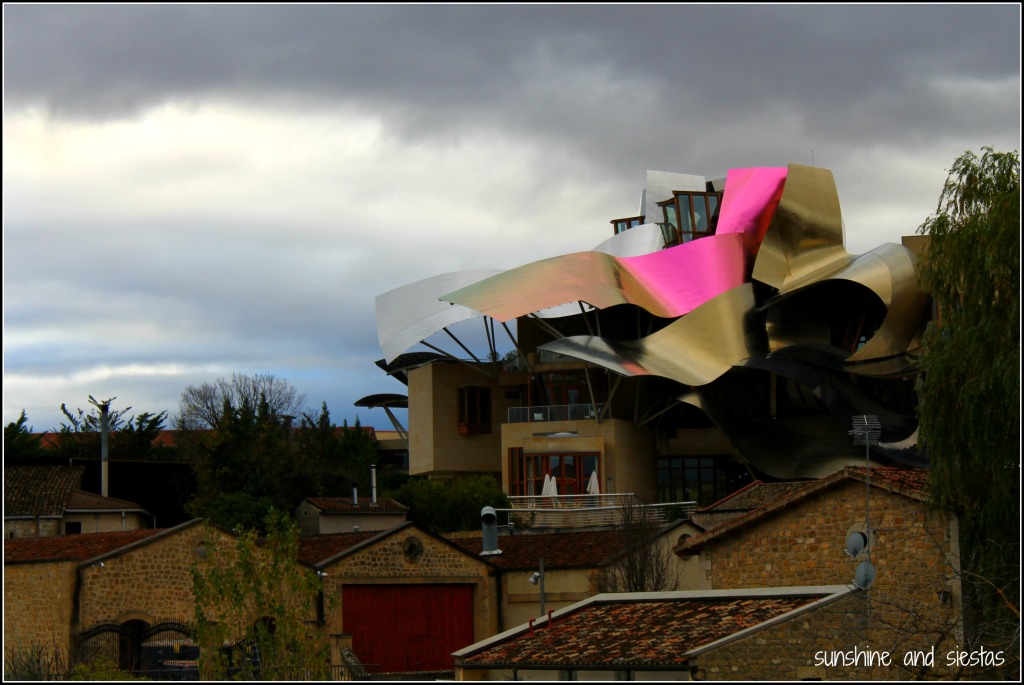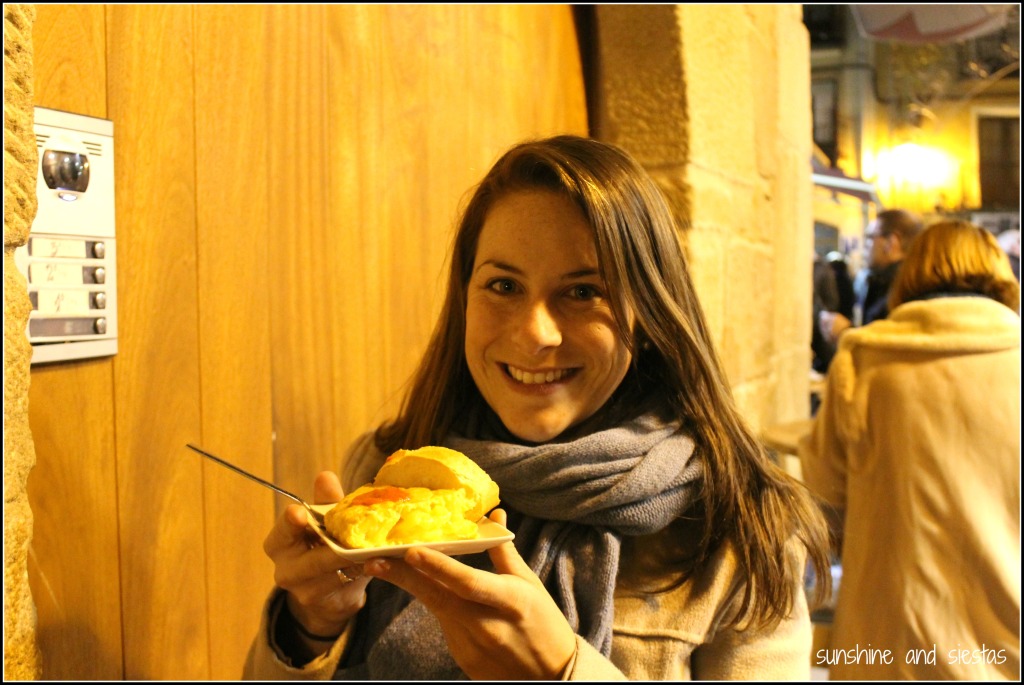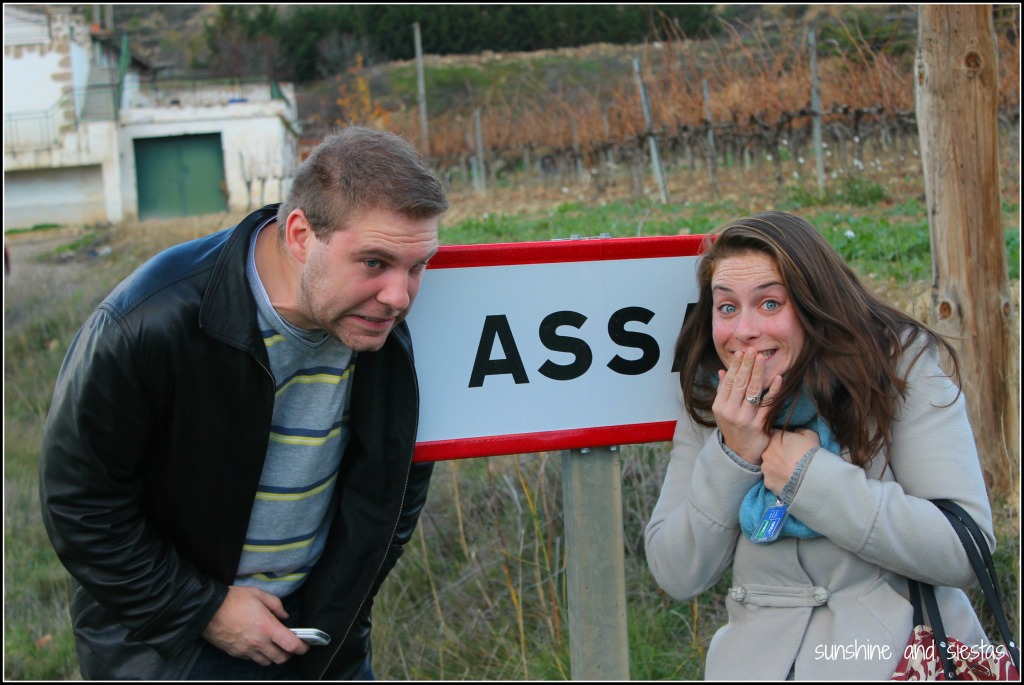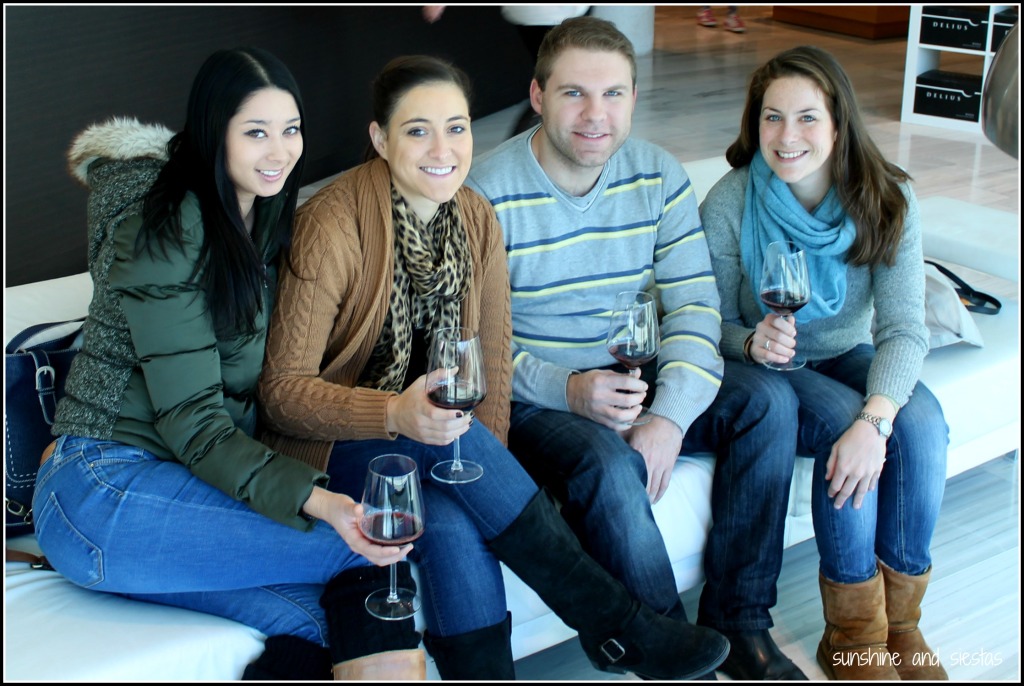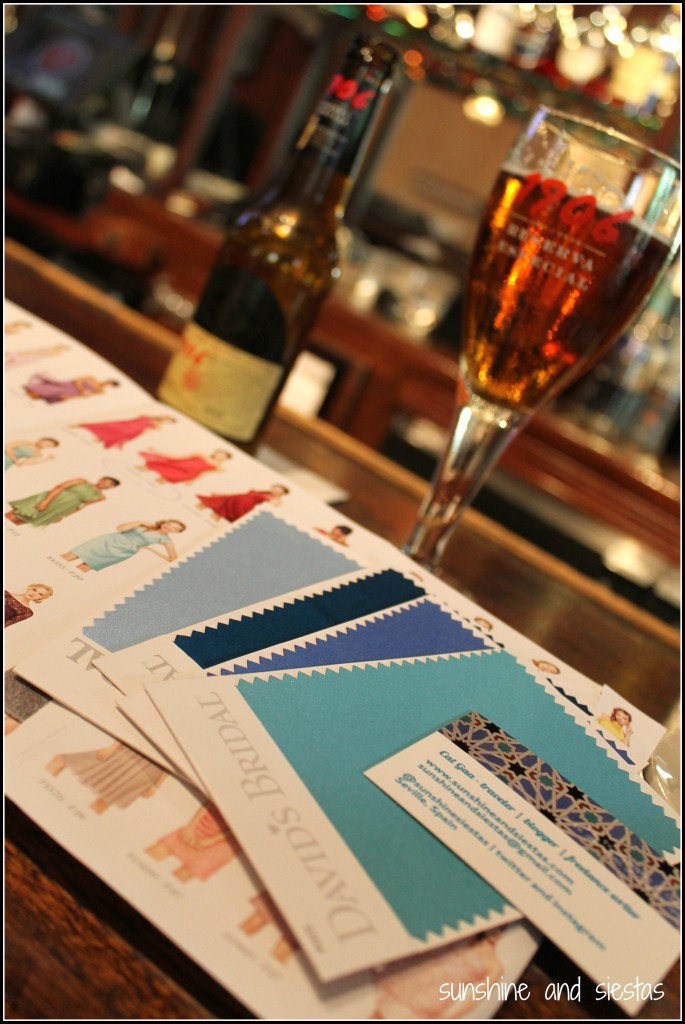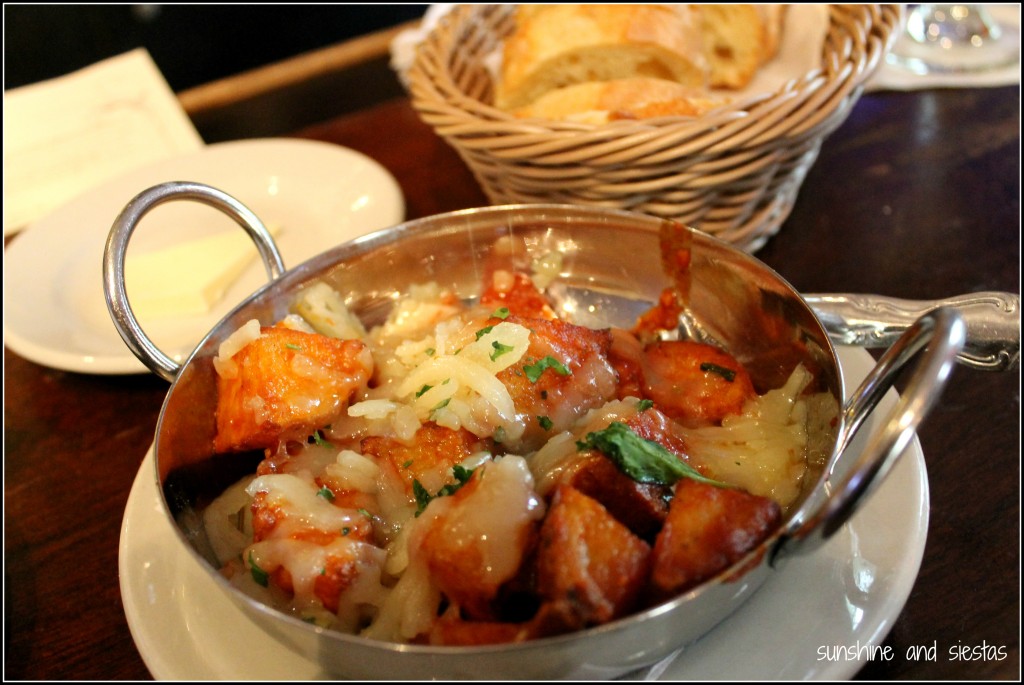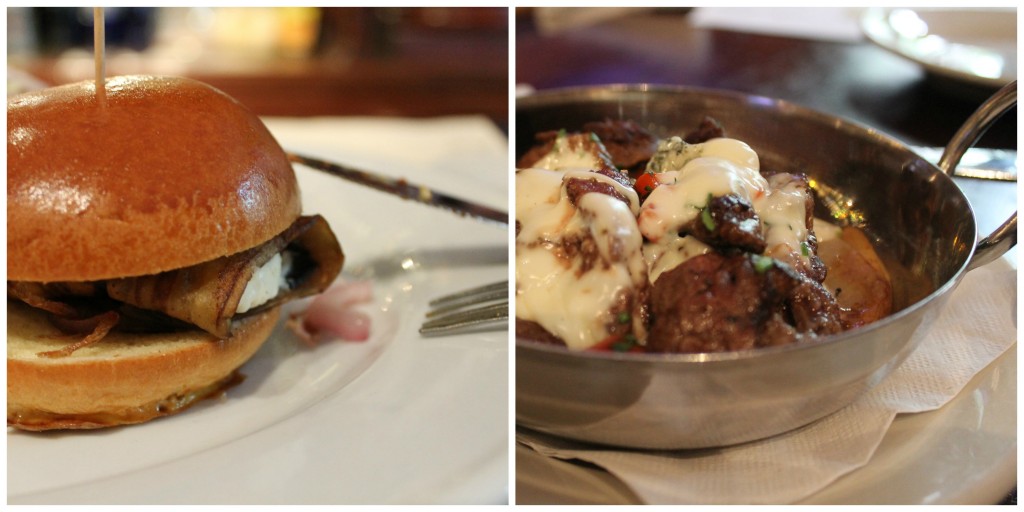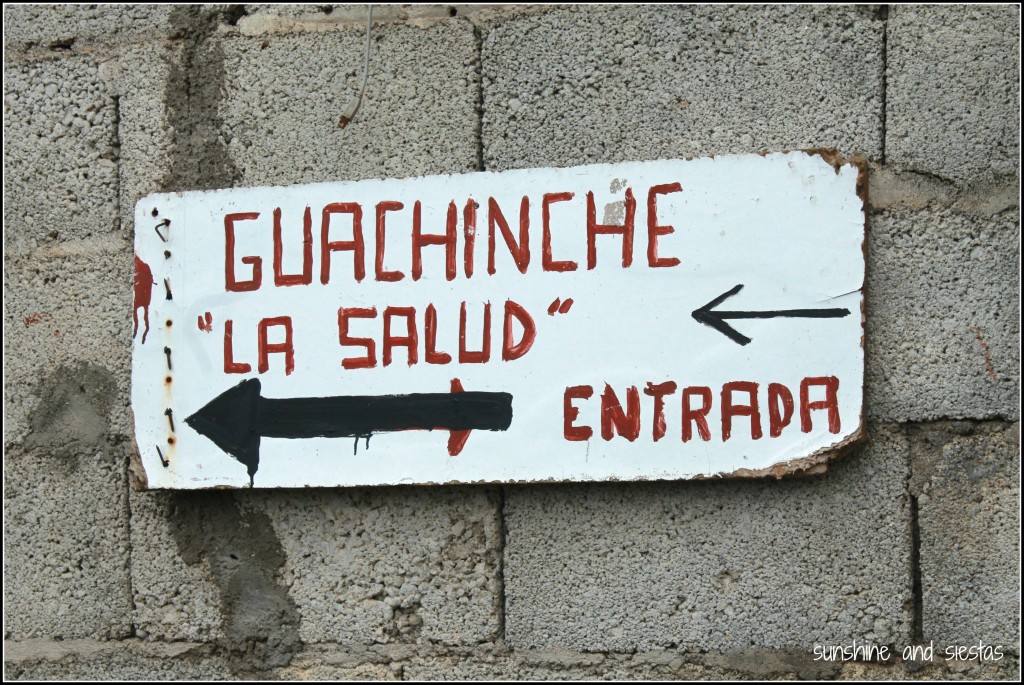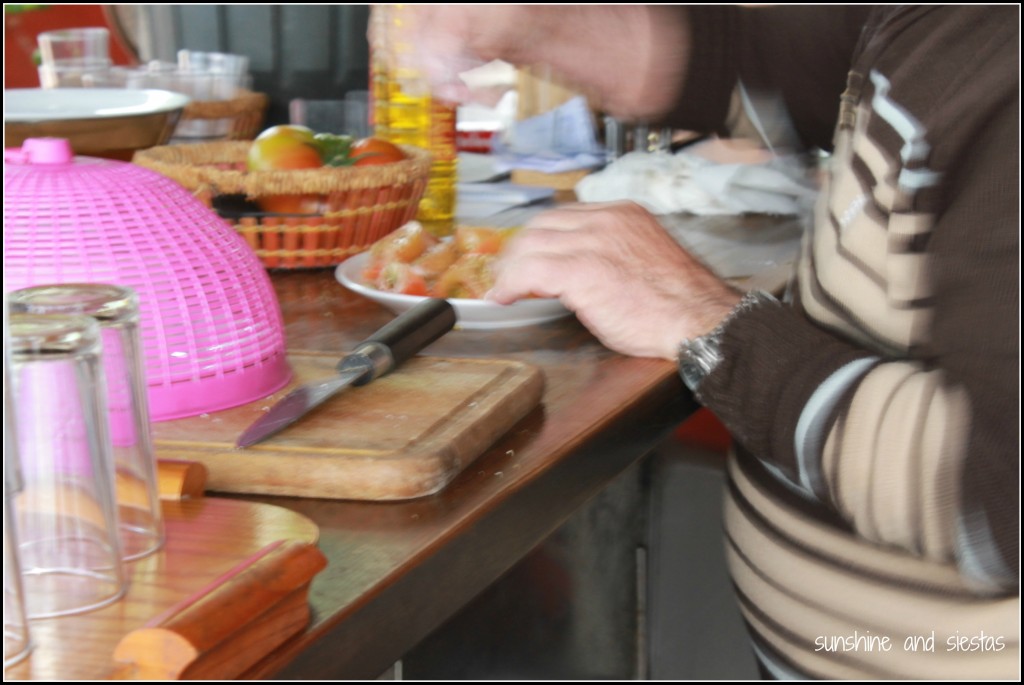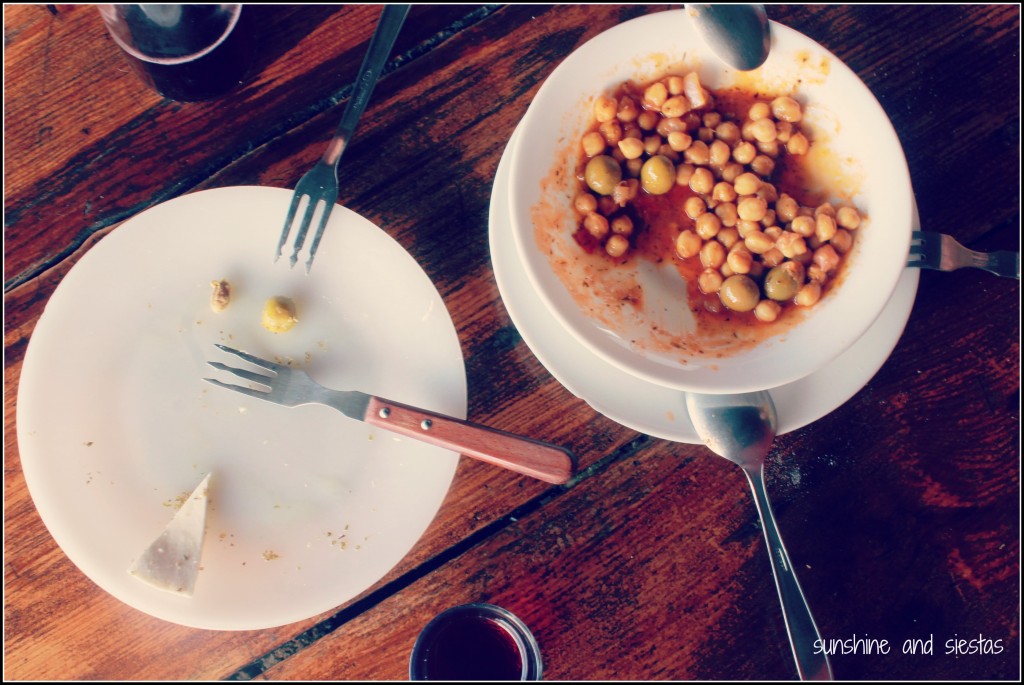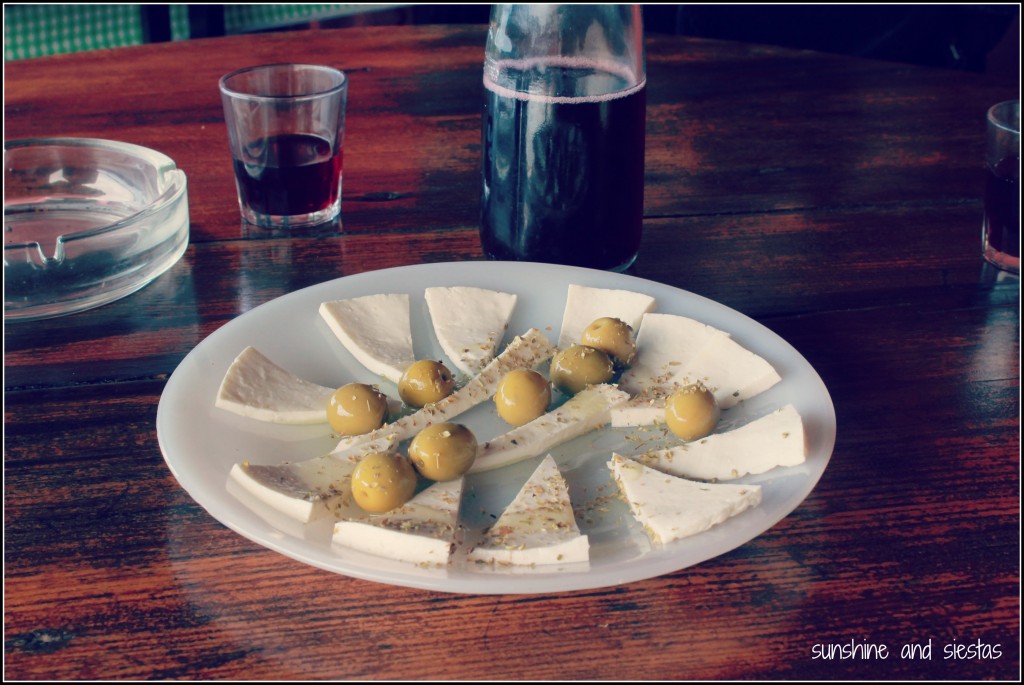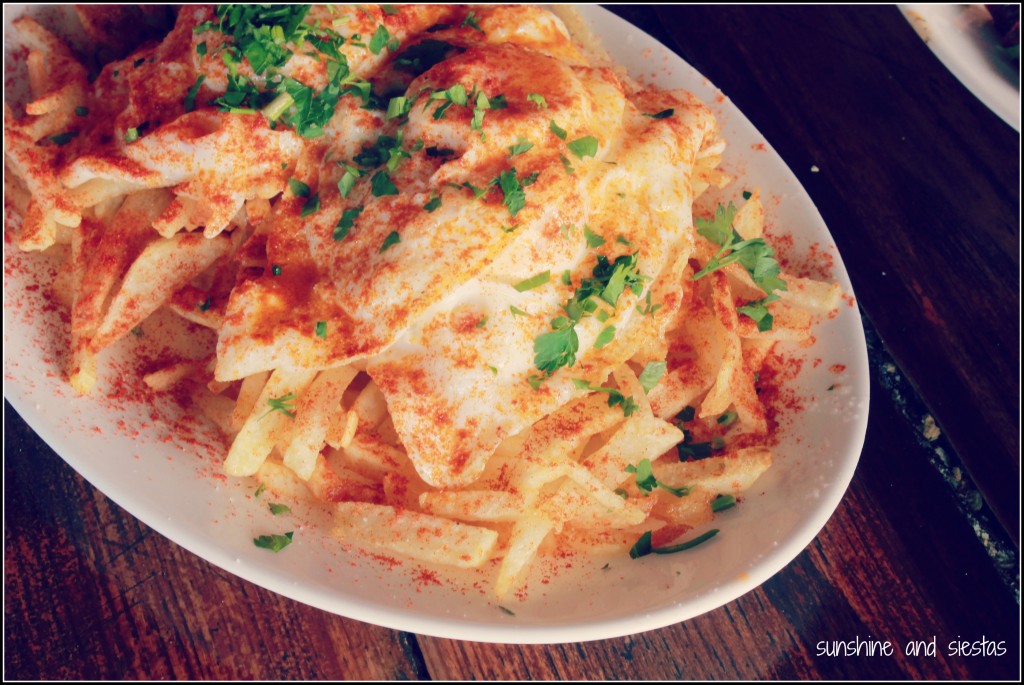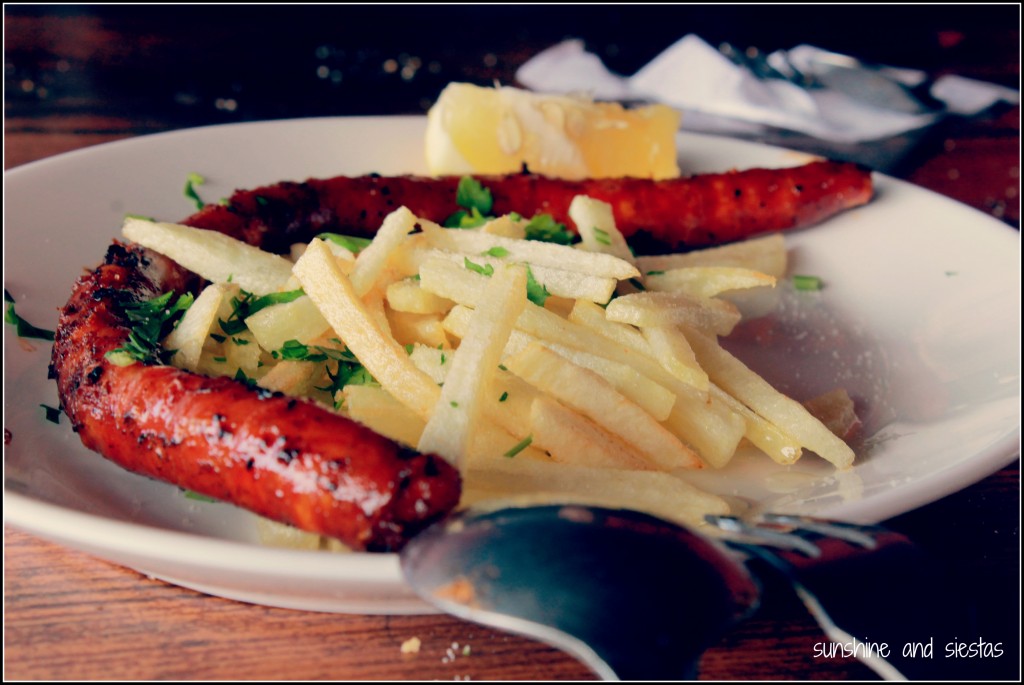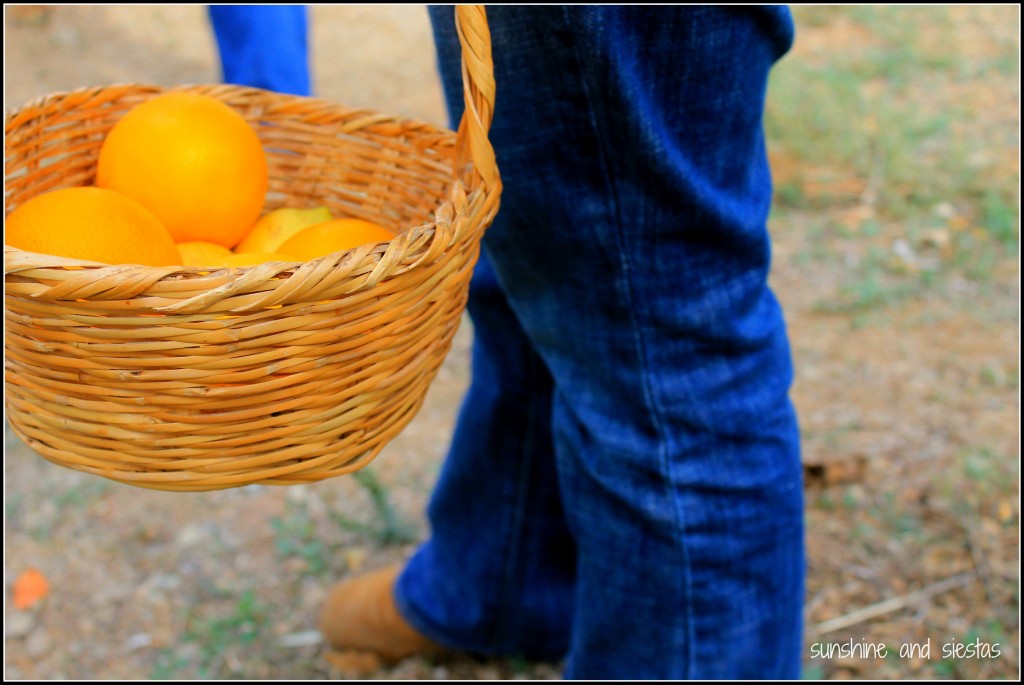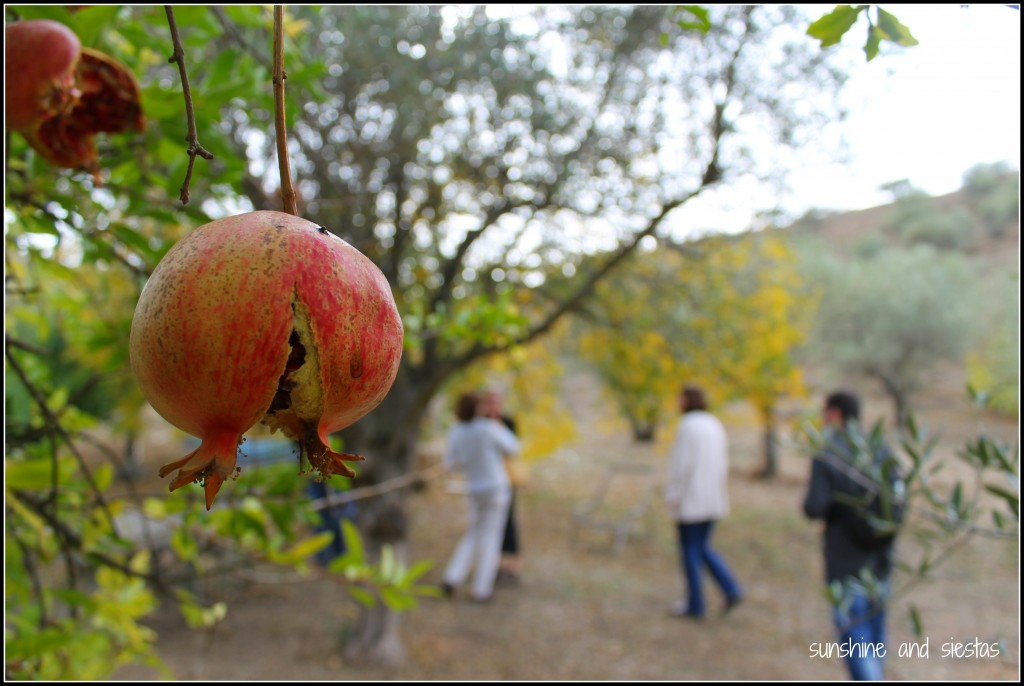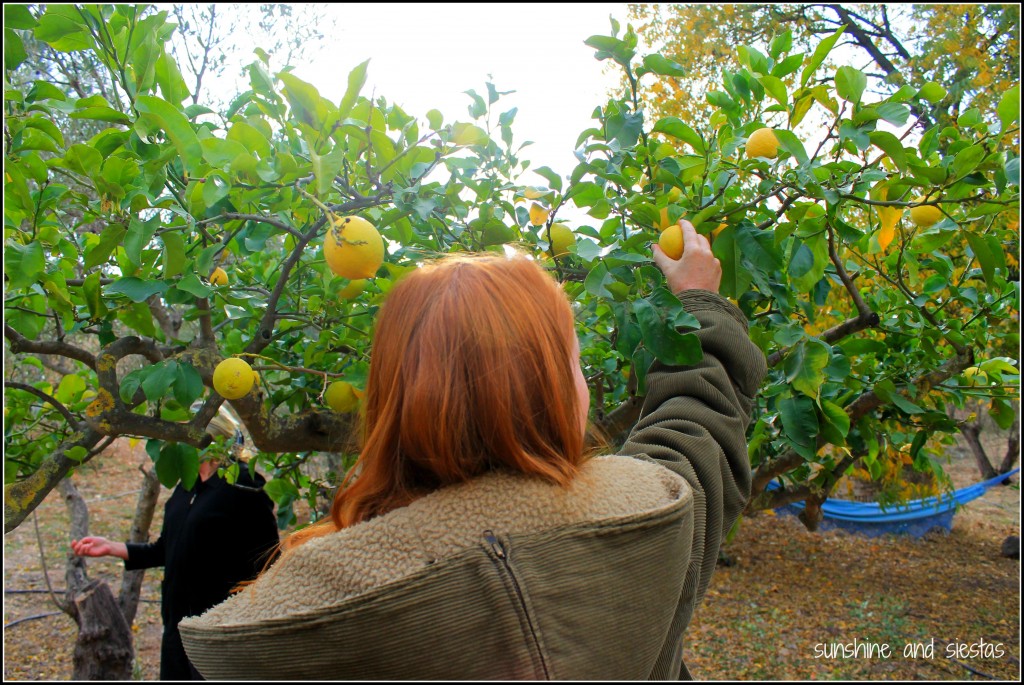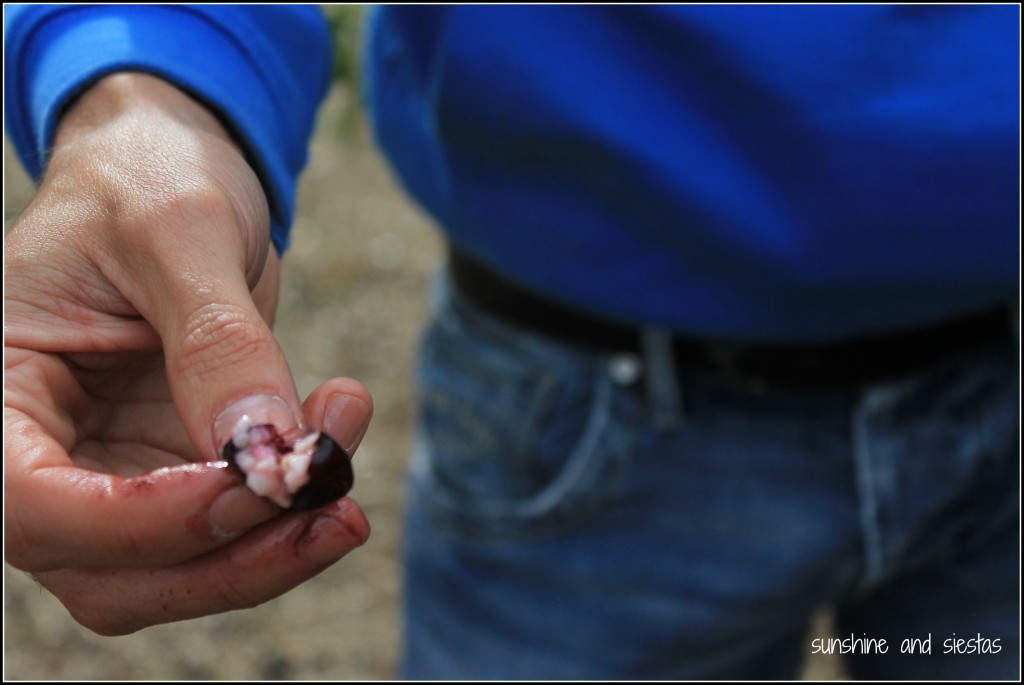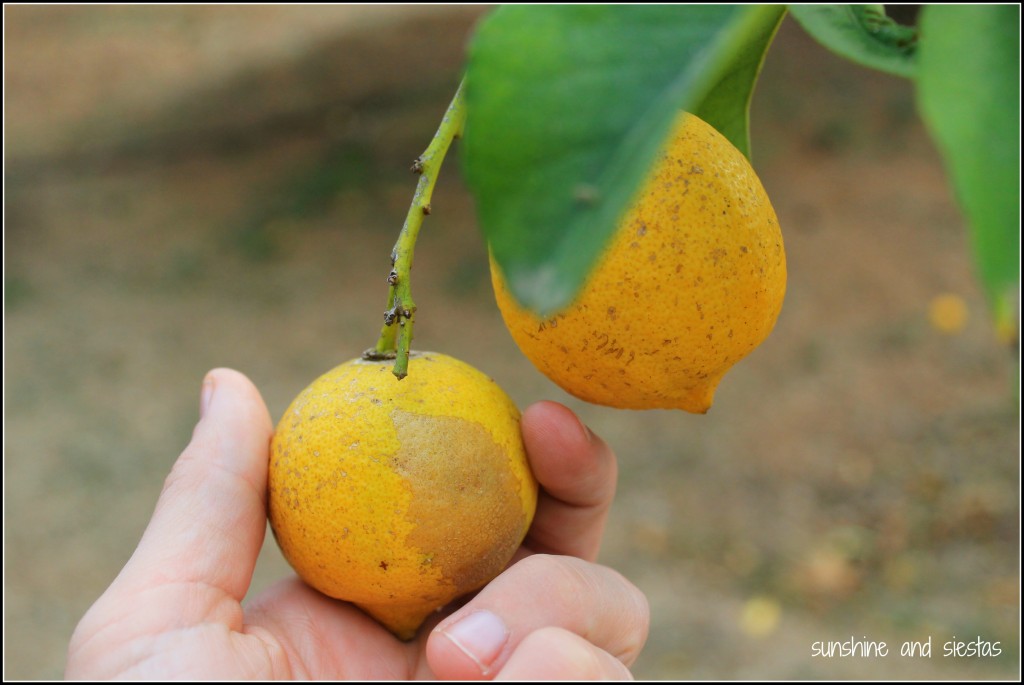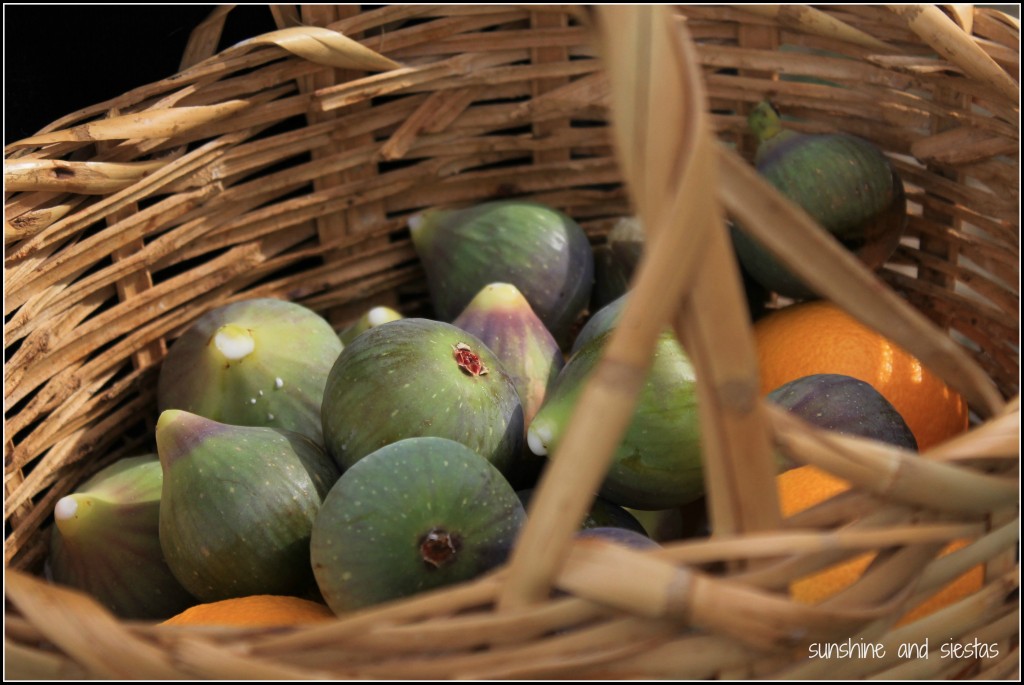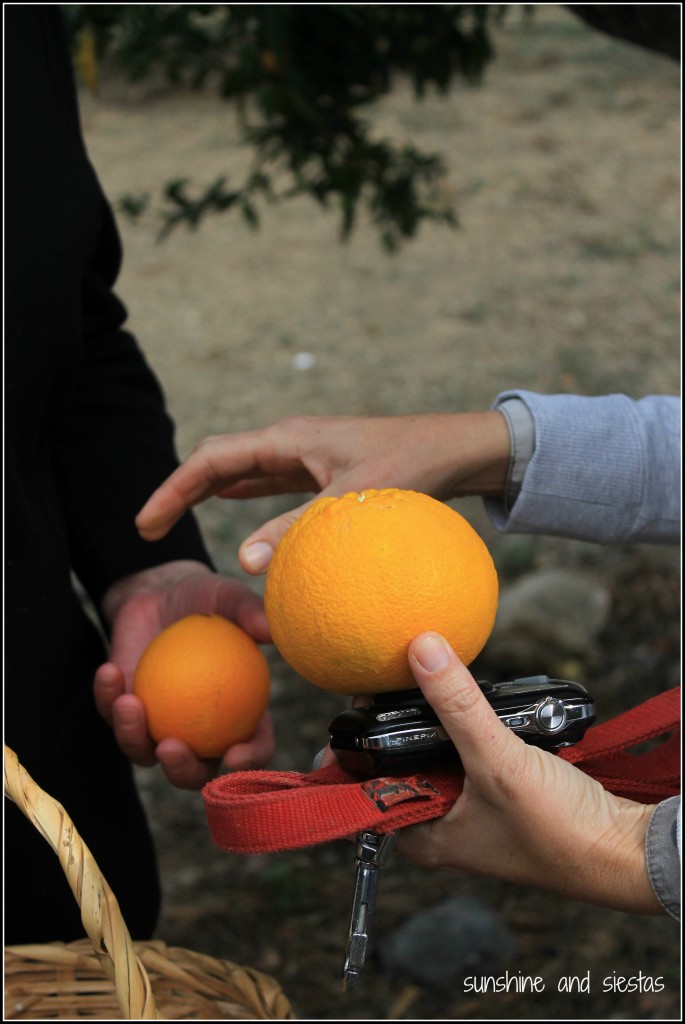“Wine snobbery is ruining the pure pleasure of a nice glass of wine,” Adolfo remarked as he poured us a young Verdejo from Northern Spain. “You like what you like, period.”
We studied the color of the pale yellow liquid before sloshing it around a tasting glass and lifting it to our noses. I don’t pretend to be a wine snob or even to know much about it, but after spending the afternoon sampling wine in Adolfo’s living room, I was convinced that I never would be nor need to be a wine snob.
Adolfo’s three-hour introduction to wine paired with tapas – plus a short tour around the center of quaint Utrera – was part of the WithLocals experience I was invited to attend. An initiative that began in Asian countries before expanding to Spain and now Italy, WithLocals connects travelers with locals in tourist destinations with the aim of providing organic experiences, from cooking lessons to hikes to excursions from big cities.
In the spirit of full discolsure: I was skeptical about paying someone to spend a few hours with me, especially having been approached as a potential host. But peer-to-peer platforms like AirBnB, BlaBla Car and Couchsurfing have become some of my go-tos for saving money while traveling as well as a way to forge connections with locals, plus learning about wine is something I’d spring to experience (and pay for!) in another country. I have become increasingly disillusioned with tours and operators, but wanted to give wine (and a company in its infant stages in Spain) its fair chance.
Adolfo called to us from his balcony, which looked over a street appropriately named for a type of regional wine. Part of the WithLocals philosophy dictates that events be held in hosts’ homes whenever possible, so a table was set with three tasting glasses, a few tapas and the tools of the trade were set in his living room. I brought along my friend Hayley, a wine drinker far more experienced than myself in the grape and its magical properties (magic, as in, turning sugar into alcohol, of course).
I’ve been to a few tastings – in family-run bodegas that sell al granel in DO Jumilla, in world famous wineries in La Rioja and even in a fancy wine shop in Seville, but I’d rarely learned much past the three-step tasting process. See, smell, sip and repeat until your brain’s a bit hazy and it’s time for a tapa.
Adolfo changed all of that: as an apasionado for wine whose hobby has become a lifestyle and job, Hayley and I fired off questions about soil conditions, favorite denominaciones de origen and how to find a decent bottle in a supermarket without knowing about that year’s harvest. Our host knew more than the number of ‘sommeliers’ and winemakers I’d drank wine with, but was quick to tell us his dismay for people using wine as a status symbol (to which I snuff, ponme otra cervecita, por favor).
The Verdejo was crisp and, though I couldn’t snuff out the banana peel undertones in the smell, refreshing. We snacked on salty anchovies with avocado and onion puree between sips. What struck me was that we could have a normal conversation as friends once we’d sipped the first glass and discussed the mechanics of the fermentation process, how to tell when wine has lost its quality and why some bottles slope and others don’t. We were one glass in, and I’d already learned more than my brain could hold.
Spain still pits Rioja against Ribera as far as favorites, much in the way it does with fútbol, so Adolfo skipped the vino heavyweights in favor of a crianza from a little-known region tucked between Alicante and La Mancha, Utiel-Requeña. I’d never even heard of it, much less tried it.
Plates of chorizo, cheese and salchichón appeared as the cork was popped, revealing a faded crimson ring. The glug, glug and slight ring of the liquid against the glass preceded a sip and slosh around our palates, and I went so far as to try and gargle like the sommeliers do (it sounds weird, but the bubbling reveals even more tastes buried deep in the mouthful!).
We’d then try a grandaddy Rioja and compare the two tintos in color, smell and taste. I began to smell the earthy wood undertones and hint of black pepper as my sinus cavity cleared up and reminded my brain of the properties of a strong wine that had been aged for two years and then bottled for two more before entering the market.
In the wake of turning 30, my mom reminded me that age is like fine wine, and Adolfo had saved the best for us to drink with duck paté and strawberry jam: a wine he’d inherited from his uncle from 2002. Even though wines depreciate depending on their aging process, the murky brown liquid still tasted amazing.
Three hours later, we sipped a sweet Pedro Ximénez from nearby Jerez, brains as full as our bellies.
How to Taste Wine:
Most everyone knows that wine tastings have three parts: first you check out the color, then provide a preview for your tastebuds by sniffing inside the glass before finally tasting the wine. But I’ll go further:
Open the bottle correctly. Some restaurants will cut the aluminum cap that protects the cork right near the top, but you should do so under the lip of the bottle. Better yet, press firmly on the cap to pull the aluminum upwards in one piece.
Pour less than one fluid ounce into a proper tasting glass. Glasses should grow thinner at the top to help aromas reach your nose, and while stemless glasses are gorgeous, your hand can heat the wine and distorte its properties slightly.
Remember that red wines have varying properties, so know the differences between joven, crianza, and reserva when tasting Spanish varieties. Everything from the color to the depreciation and especially the taste will vary. Joven wines are very rarely aged in oak barrels, whereas crianzas will have spent 6 months in barrel of its two years aging. Reserva are aged longer in both bottle and barrel. So, the 2010 reserva we tried had spent two years in barrel and two more in bottle before being labelled for sale, but the joven we tried wasn’t half bad because it came from a reputable bodega.
The olfactory phase is the most important, Adolfo tells us, because our tastebuds can only perceive sweet, sour, salty and acidic. The nose can sense the nuances of flavors are snuffed out at this phase, and this is why you’re encouraged to move the liquid around in the glass. Take your time.
When you’re ready to taste, don’t swallow right away. Slosh the wine around in your mouth the get the full sensory experience.
If you’re trying more than one wine, pour 15-20 milliliters of the next wine you’ll be trying into the used glass, swirl it around and dump into a recipient.
Most importantly – don’t get snobby about wine. Everything about wine – from the soil from which the grapes grow to the content of the cork – is a science, so just open a bottle you like and enjoy it!
With Locals invited Hayley and me to be guests for the WithLocals wine experience in Utrera. All opinions expressed are my own – I like my opinions as pure as my vinate. Be sure to check out With Locals’s page for more inspiration, as well as Adolfo’s YouTube channel about everything in the Mundo de Vino.
What’s your favorite Spanish wine, and where do you buy it? Sound off in the comments below, and I’ll get down to the task.
